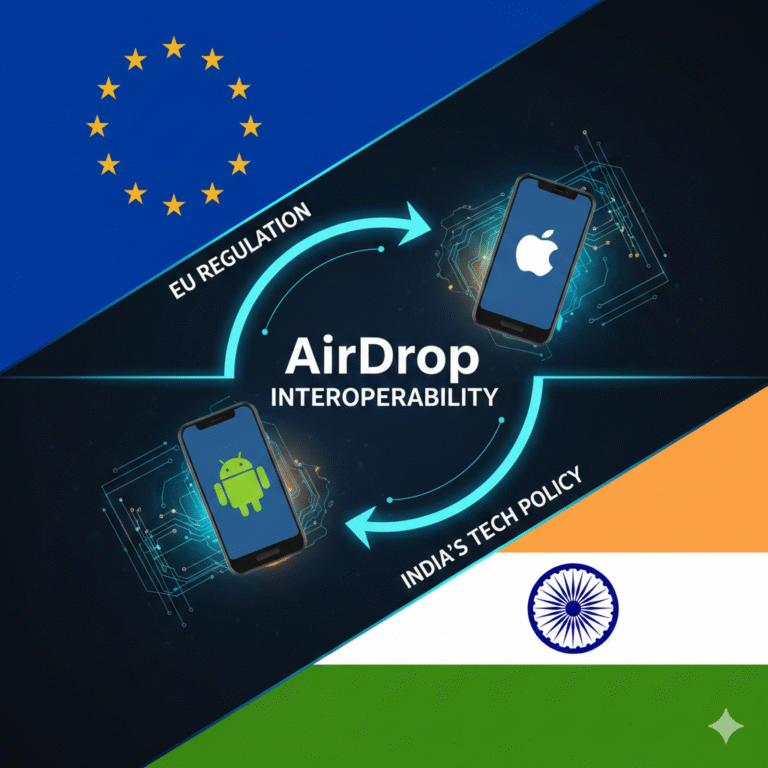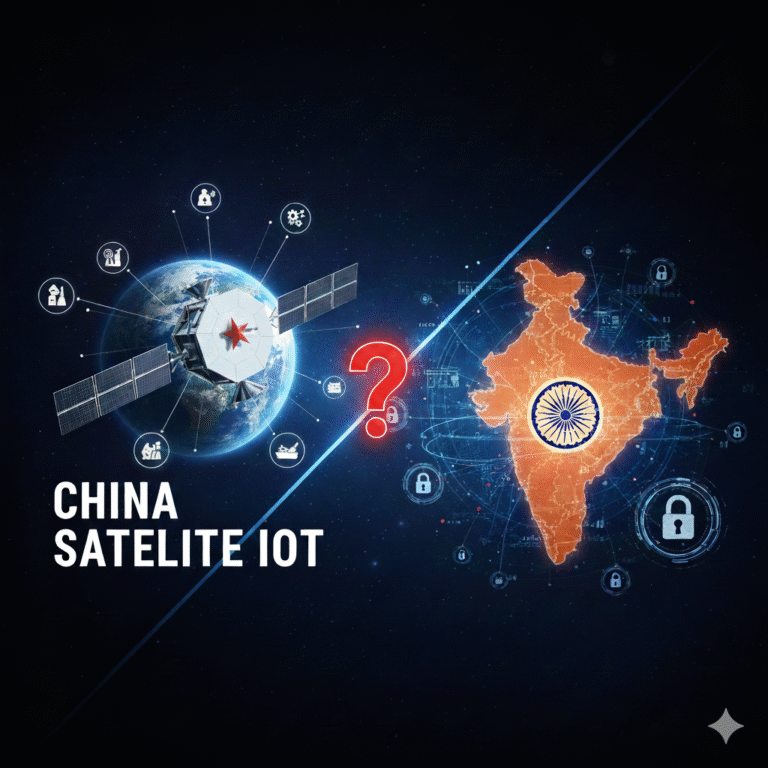In a significant stride toward technological self-reliance, China has unveiled its newest ocean modeling tool, LICOMK++ (LASG/IAP Climate Ocean Model++). Despite ongoing U.S. sanctions on semiconductor exports, Chinese scientists have developed this powerful simulation software to probe the depths of the oceans with remarkable precision. Often described as a “microscope for the sea,” LICOMK++ leverages advanced computing capabilities to enhance our understanding of the planet’s most mysterious frontier: the ocean.
This blog delves into how LICOMK++ operates, its scientific implications, geopolitical relevance, and the role of ocean simulation in addressing global climate challenges such as typhoons, cyclones, and marine heatwaves.
What is LICOMK++?
LICOMK++ stands for LASG/IAP Climate Ocean Model++, a climate model developed by the State Key Laboratory of Numerical Modeling for Atmospheric Sciences and Geophysical Fluid Dynamics (LASG), part of the Institute of Atmospheric Physics (IAP) under the Chinese Academy of Sciences.
Key Features:
- Supercomputing Powered: Designed to run on high-performance computing (HPC) systems, including China’s homegrown supercomputers.
- High Resolution: Offers extremely fine-scale simulations of ocean currents, temperatures, and salinity distributions.
- Scalability: Optimized for massive parallel computing architectures.
- Ocean Microscope: The model enables microscopic observation of ocean behavior and interactions that were previously undetectable.
The Context: U.S. Sanctions and Technological Decoupling
Over recent years, the U.S. has tightened export controls on advanced semiconductors and computing components to China. These sanctions aim to limit China’s access to state-of-the-art chips, which are critical for AI, supercomputing, and defense technologies.
Despite this, China has managed to maintain momentum in high-end simulation technologies, relying on domestically produced supercomputers like the Sunway TaihuLight and Tianhe series. The development of LICOMK++ demonstrates China’s ability to innovate in critical sectors without relying on Western tech.
Why Ocean Simulation Matters

Understanding ocean dynamics is key to addressing a range of environmental and societal challenges:
- Cyclone and Typhoon Prediction: Warm ocean temperatures are the breeding grounds for extreme weather events. LICOMK++ can help forecast such phenomena more accurately.
- Marine Heatwaves: Persistent sea surface temperature anomalies that can decimate marine ecosystems like coral reefs.
- Climate Change Modeling: Oceans act as heat sinks and carbon reservoirs. Simulating these processes is vital for accurate climate projections.
- Disaster Preparedness: Simulations can help governments prepare better for natural disasters.
Supercomputing Power: The Engine Behind LICOMK++
LICOMK++ is designed to utilize China’s native supercomputing infrastructure. Some key capabilities include:
- Petaflop Performance: LICOMK++ can execute trillions of calculations per second.
- Massive Parallelization: Tasks are distributed over hundreds of thousands of cores.
- Precision Modeling: Data assimilation techniques allow real-world observational data to fine-tune the model’s accuracy.
This level of computation is critical for resolving fine-scale ocean features like eddies, upwellings, and thermohaline circulations.
Scientific Structure and Algorithms
The core of LICOMK++ is built upon fluid dynamics, thermodynamics, and numerical weather prediction algorithms.
Components:
- Navier-Stokes Equations: Simulate fluid motion in the ocean.
- Equation of State: Accounts for changes in water density due to temperature and salinity.
- Coupled Atmosphere-Ocean Interactions: Integrates with atmospheric models to simulate feedback loops.
LICOMK++ in Action: Use Cases
1. Monitoring Typhoons in South China Sea
LICOMK++ can track rapid intensification of tropical storms by observing real-time sea surface temperatures and ocean energy content.
2. Detecting Marine Heatwaves
The model helps identify anomalies such as the infamous “Blob” — a warm water patch in the Pacific that disrupted ecosystems.
3. Modeling El Niño and La Niña
El Niño Southern Oscillation (ENSO) events greatly influence global weather. LICOMK++ offers detailed ENSO modeling.
4. Oil Spill and Pollution Dispersion
Helps in understanding how pollutants disperse in marine environments, essential for environmental monitoring.
Strategic Significance
From a geopolitical lens, LICOMK++ represents more than just scientific progress:
- Technological Sovereignty: Affirms China’s independence from Western chip technology.
- Climate Diplomacy: Positions China as a leader in international climate cooperation.
- Military Oceanography: Can also support naval logistics and submarine navigation.
Challenges and Criticism
Despite its advanced capabilities, LICOMK++ faces several limitations:
- Limited International Collaboration: Due to geopolitical tensions, data sharing is restricted.
- Hardware Constraints: Domestic chips still lag behind in efficiency and power consumption.
- Validation Difficulties: Simulated data must match with empirical observations, which remains a challenge in deep-sea areas.
The Road Ahead
China is expected to:
- Integrate LICOMK++ into national climate prediction centers.
- Make parts of the code open-source to encourage academic collaboration.
- Upgrade hardware and software to exascale computing platforms.
Global Implications
China’s leap in ocean simulation will push other nations to enhance their own modeling systems. This competitive environment could lead to breakthroughs in:
- International Disaster Response
- Marine Biodiversity Conservation
- Global Warming Mitigation
Conclusion
LICOMK++ is more than a software tool — it’s a testament to how innovation can thrive under constraint. As nations grapple with climate change and geopolitical friction, breakthroughs like this remind us of the essential role science plays in building a sustainable and secure future. China’s ability to simulate the ocean in microscopic detail gives the world a new lens through which to understand and protect one of its most vital ecosystems.
Stay tuned, because the deep sea just got a lot less mysterious.









+ There are no comments
Add yours